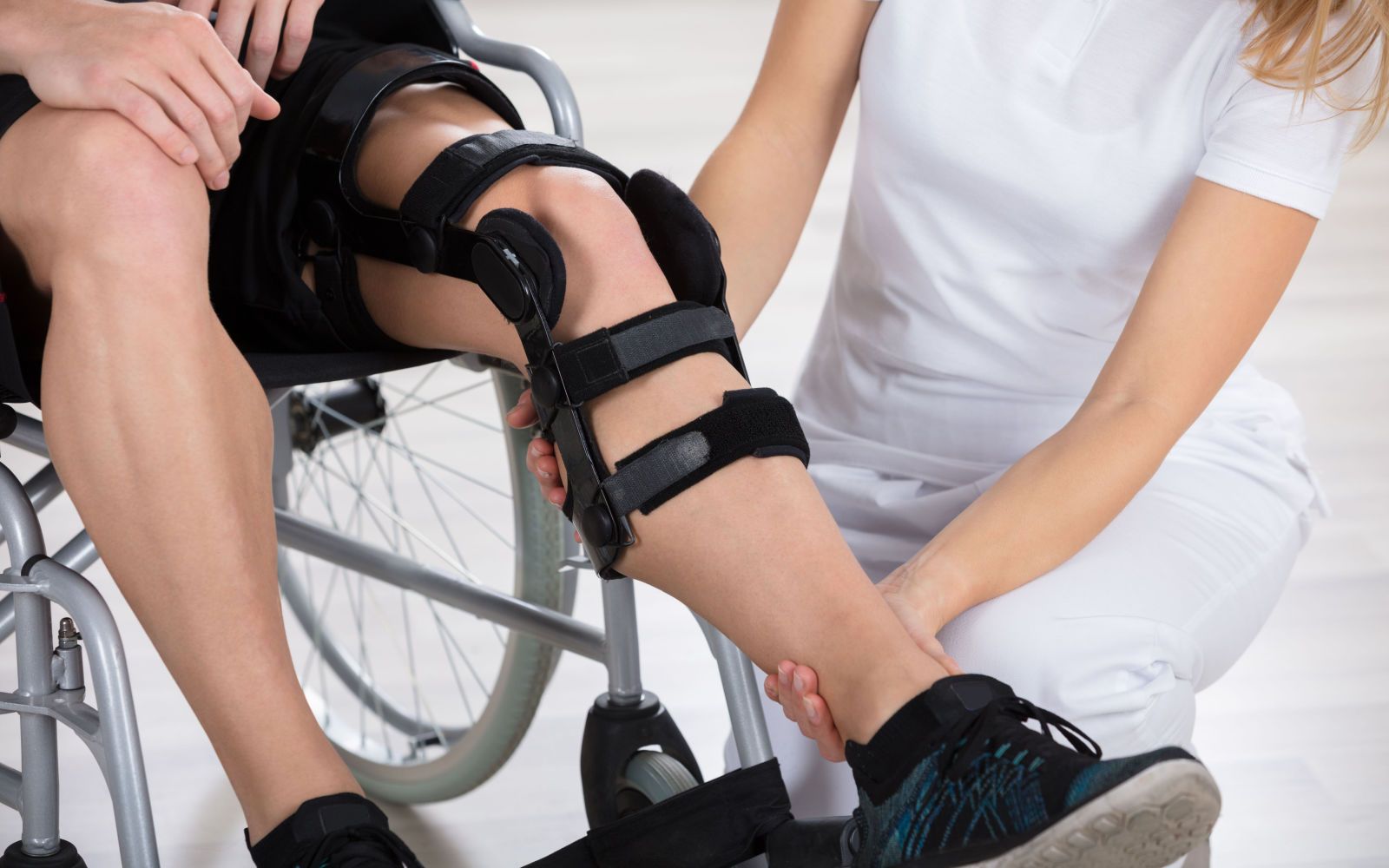Efficient Approaches to Reduce the Chance of Acute Traumas in Sports Through Focused Preventive Tactics
Efficient Approaches to Reduce the Chance of Acute Traumas in Sports Through Focused Preventive Tactics
Blog Article

Sudden traumas in athletics can occur unexpectedly and often lead to serious issues for players. These traumas can vary from twists and strains to fractures and concussions. To help prevent these injuries, it is crucial to adopt focused preventive strategies. These strategies focus on education, proper training, gear use, and overall well-being maintenance. By tackling these important areas, players can considerably lower their risk of experiencing acute injuries while participating in their favorite activities.
One effective approach to minimizing the likelihood of traumas is through instruction. Players, coaches, and parents should be informed about the common types of traumas associated with particular activities. Understanding the mechanics of these traumas allows everyone to identify the indicators and signals early. Educational workshops or seminars can help teach athletes about correct techniques and the significance of preparing up before matches or training sessions. This understanding empowers athletes to take responsibility for their well-being and motivates them to communicate any concerns about potential traumas.
Another crucial protective strategy is proper training. Athletes should engage in a comprehensive conditioning program that focuses on developing strength, flexibility, and endurance. Strength training assists build the muscle groups that stabilize joints, reducing the likelihood of traumas. Flexibility routines, such as elongating, can improve the range of motion and reduce the risk of muscle strains. Additionally, players should include sport-specific drills that simulate game situations, which can assist them become more familiar with the movements involved in their selected activity. Coaches play a crucial role in developing and executing these training programs to ensure they are safe and efficient.
The use of suitable equipment is also vital in reducing acute traumas in sports. Athletes should consistently wear the appropriate equipment for their particular sport, including helmets, pads, and proper footwear. For example, gridiron players need helmets to shield against head injuries, while soccer players require shin guards to protect their legs from impact. It is essential that gear is fitted properly and is cared for regularly to guarantee it provides the intended protection. Trainers and parents should encourage players to take the time to select and use the appropriate equipment to reduce their risk of injury.
In addition to education, training, and gear, maintaining overall health is essential for injury prevention. Players should emphasize proper nutrition, hydration, and rest to keep their bodies in top shape. A nutritious diet rich in vitamins and minerals aids support muscle recovery and overall athletic performance. Staying hydrated is also important, as dehydration can result to fatigue and heighten the likelihood of injuries. Lastly, achieving enough sleep is vital for recovery and upholding focus Discover More Here during practices and games. By encouraging good health habits, players can enhance their effectiveness and lower their chances of suffering from acute injuries.
In conclusion, minimizing the likelihood of acute traumas in athletics requires a multifaceted approach that includes education, proper training, appropriate gear, and overall health maintenance. By focusing on these targeted preventive strategies, athletes can better protect themselves from the dangers of injuries. Coaches, parents, and athletes all have important roles to play in fostering a safe sports environment. By working together and emphasizing protection, the pleasure of athletics can persist without the disruption of painful injuries.